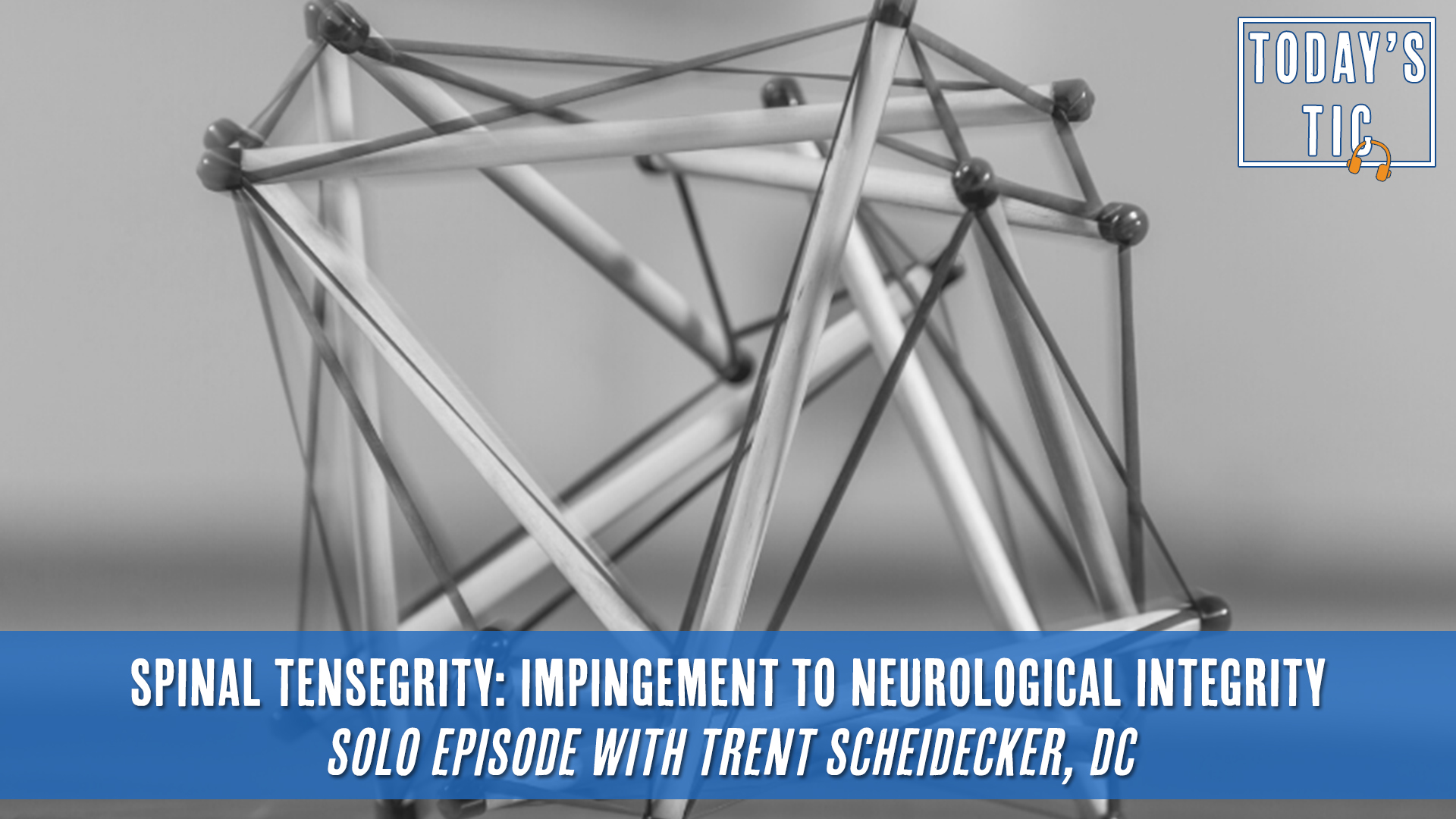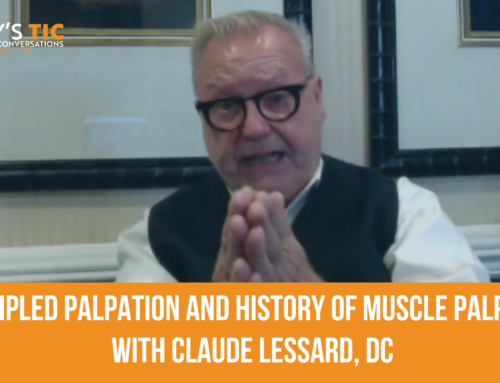“We began, at a following period, to study the spine from a MECHANICAL point of view. Until this time the only people who attempted to study the spine, as a machine, were osteopaths, although pathologically they still regarded man as chemistry and physics. We confined our observations of mechanical ideas to the spine, so much so that we brought out the ‘Knowledge of the Kinematics of the Spine’; both normal and abnormal, as to position, apposition, and subluxations. We then began the study of the pathological, traumatic and anomalous conditions of the spine. At that time began the gathering of the osteological collection which we now possess, for the purpose of elucidating the theories then held and propagation of others. It became necessary that we know the human spine. That was the keynote of the study of CAUSES of diseases of man. We studied spines of all characters; thousands of other bones that we might better reach a new thought or idea in progress. How well that has been done you know today. Hours, months, and years were spent in the study of ‘dead bones’ to be able to give thoughts that may be taught in a few minutes. Yet it took years to reach the conclusions given in a few minutes.” R.W. Stephenson
In Today’s TIC, we’re going to grow in our understanding of spinal function and specifically a state of function termed tensegrity and how vertebral subluxation affects the quality of function at the spinal tissue level through a state of change to spinal tension or tone.
As you listen, make sure you share us with your friends, classmates and colleagues and feel free to tag us @todaystic.
Podcast: Play in new window | Download
Subscribe: RSS




